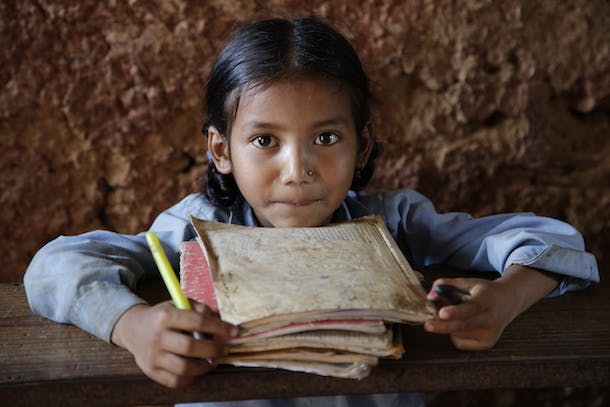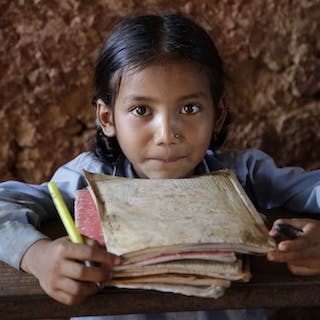
Photograph by Prashant Panjiar
This post is part of the blog series, “Her Goals: Our Future,” which highlights the connections between girls and women and the Sustainable Development Goals.
***
The 2030 Agenda for Sustainable Development maps out a bold vision for the future: a world that is healthier, more equitable, more prosperous, more peaceful, and more sustainable for everyone. But without women at the center of our development framework, it won’t happen.
None of it will.
Women’s sexual and reproductive health and rights are at the nexus of almost all the development issues we face. Health and wellbeing, food security, economic empowerment, environmental sustainability, peace and justice – all of these hinge on the ability of women and girls to shape their own lives and control their own fertility, without coercion, violence, or discrimination. A girl who is afforded a childhood and an education grows up to be a woman in charge of her own sexual life. She can be anything she wants to be: a peace builder, an environmentalist, a leader of education, an investor in the health and prosperity of her community.
The far-reaching, cross-sectoral nature of the 2030 Agenda creates the opportunity for us to zero in on those connections and deepen our shared understanding that the sexual and reproductive health and rights of women and girls are at the center of development. In the past, discussions around sustainability and population dynamics haven’t focused enough on the human rights of individuals and how they can achieve healthy lives. That needs to change. And those of us working in family planning need to be the leaders of that change, by working with other development sectors and women around the world to cultivate new alliances.
This is where FP2020 can and should play a significant role. The unique power of this platform is its ability to convene high-level conversations around challenging issues, with participation from a broad range of stakeholders. We can use that same convening power to invoke the discussion about how sexual and reproductive health and rights intersect with sustainability, security, education, and population dynamics. Together with our colleagues, we can build on existing conversations to ensure that human rights are at the core of any development issue.
We can also do more: FP2020 and its partners can develop creative solutions that cut across sectors. If innovative development proposals that support reproductive health and sustainability together were implemented, the impact on women and girls would be infinite. This is where FP2020 can be a leader.
The 2030 Agenda is ushering in a new era in development, and the potential for cross-sectoral collaboration is stronger than ever before. Together we can accomplish great things, but only if we keep the focus on women and girls at the center, where it belongs.
Editor’s Note: This post was written by Suzanne Ehlers, President and CEO of PAI, and originally appeared in the FP2020 Commitment to Action 2014-2015 report. Suzanne Ehlers is the President and CEO of PAI and was the co-lead of the former FP2020 Rights & Empowerment Working Group.

